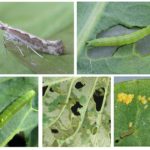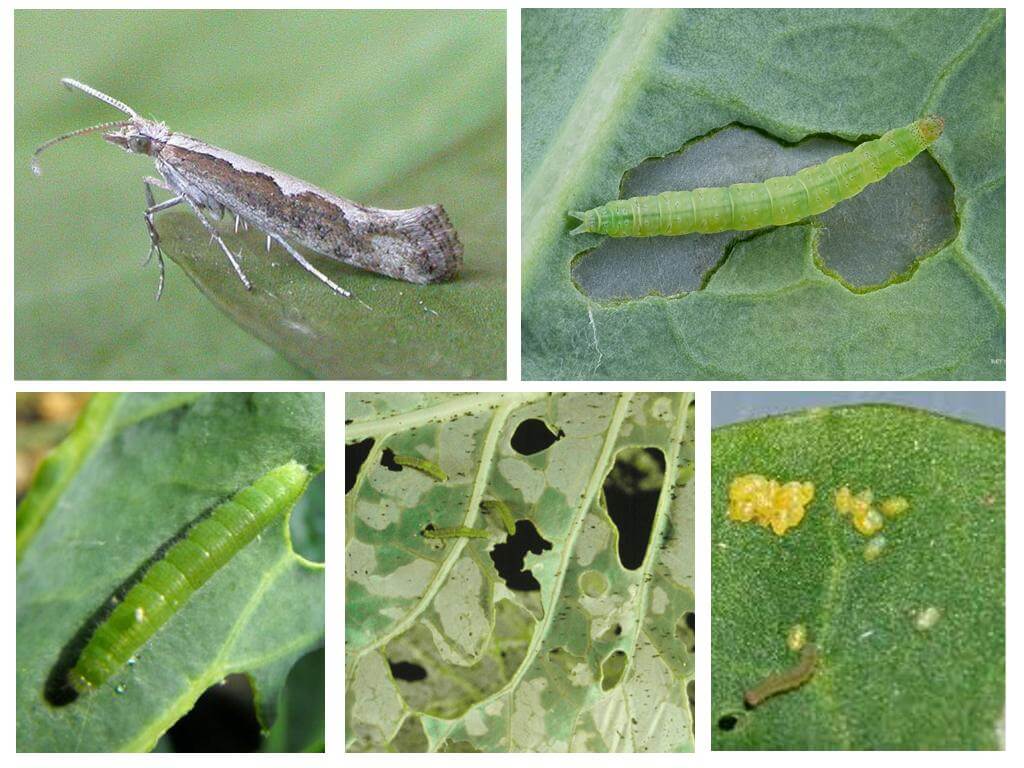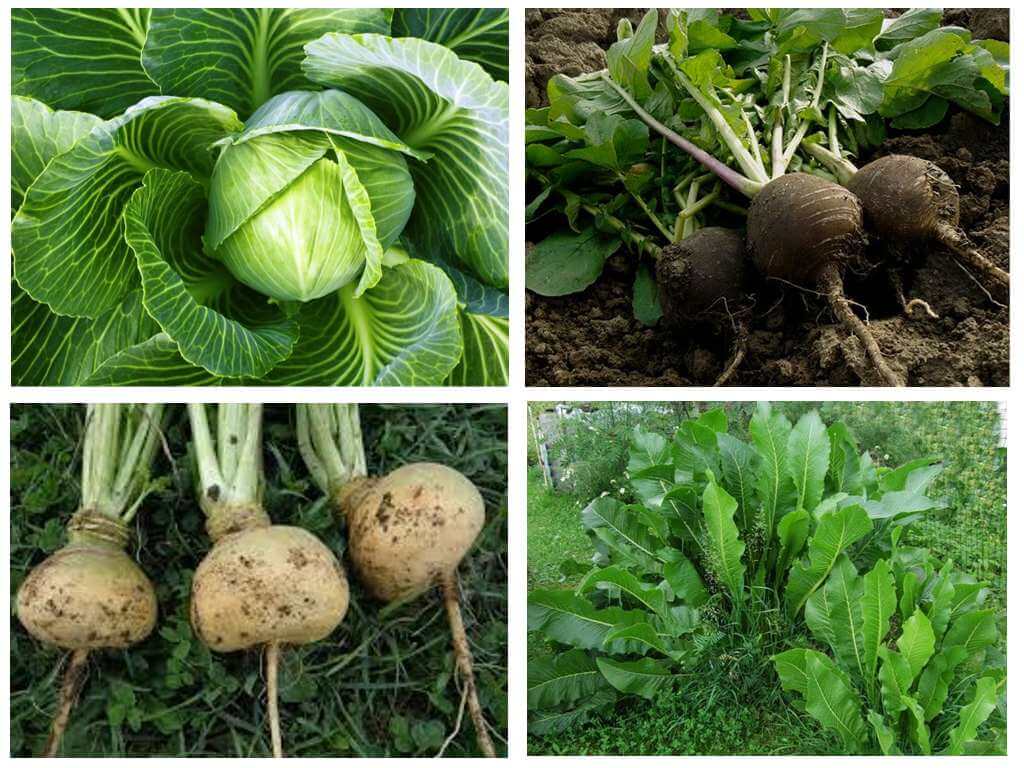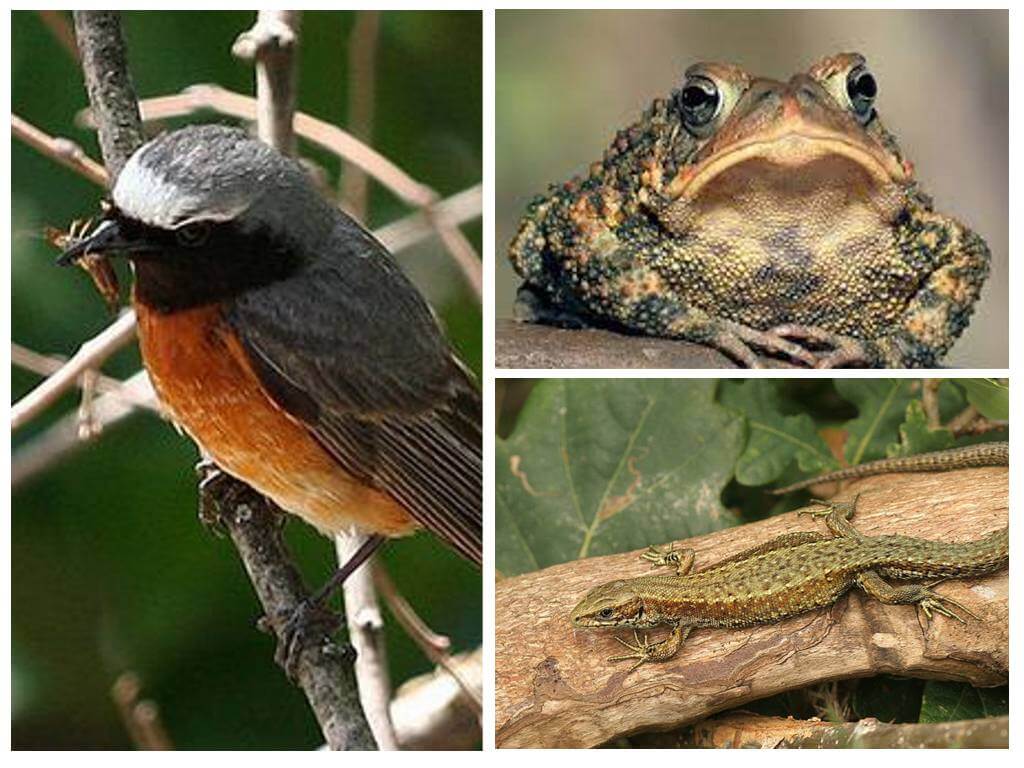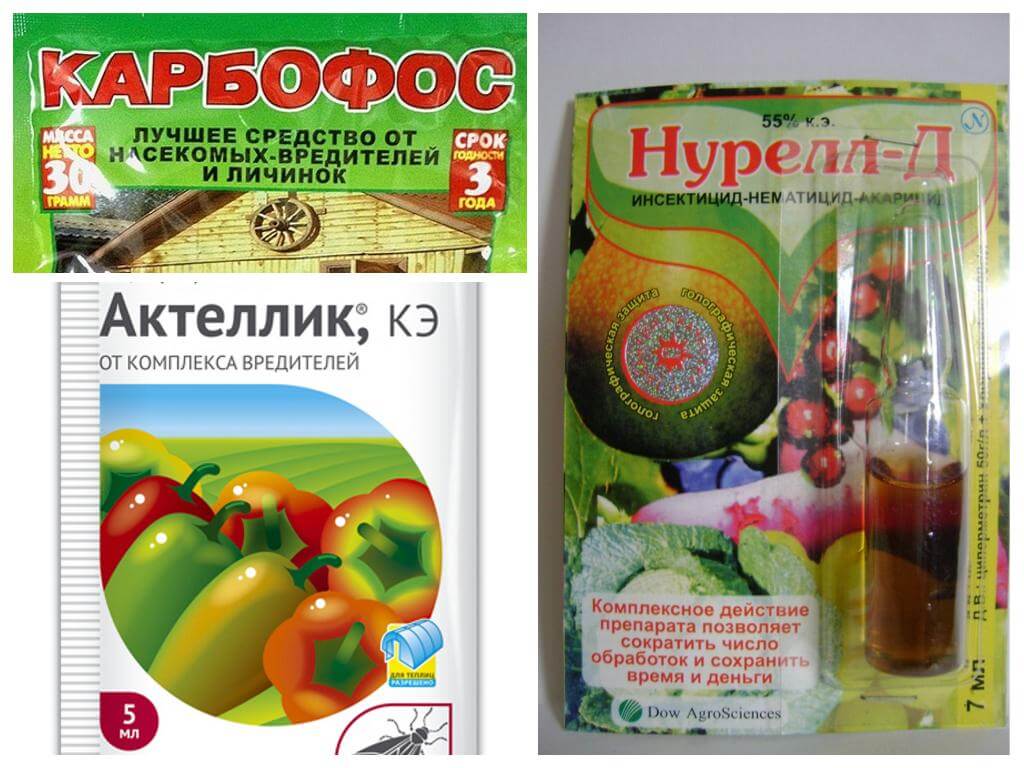Fighting cabbage moth
Content
- Cabbage Mole
- What does the cabbage mole eat?
- Fighting cabbage moth
- Remedies for cabbage moth
Summer and summer cottage are delicious fruits, sweet berries, healthy vegetables. I want to always live in this paradise. But stop! After all, in order to get a crop, it is necessary not only to plant it, but also to endure a difficult confrontation with parasites, eager to be the first to devour all plantings. Protect the plants must be carefully, especially often saving them from the cabbage moth.
Interesting!
This small butterfly lives in all regions of Russia. If earlier she lived only in the southern regions, now she has reached the north - even in Karelia and on the Kola Peninsula, gardeners are looking for ways to fight cabbage moths. Also, gardeners and gardeners lead an implacable battle with the closest relatives of the cabbage pest: potato, burdock, apple tree, mining moth.
Insect and its lifestyle
It is difficult to notice the pest before the lesion is visible. Butterfly moth looks nondescript: it is painted in a grayish color, which allows it to remain invisible not only on the ground, but also on the cabbage leaves. An adult cabbage moth lives for about 30 days. During this time, she lays about 300 eggs from the "wrong" part of the cabbage leaves. Only three to four days after laying eggs from the eggs of the cabbage moth. They penetrate into the thickness of the leaf, feeding on its mass until their size allows it to be done already on the surface. Initially yellowish color as you get older moth larvae turns light green.
In just a couple of weeks, the caterpillar grows to ripen before pupation.The final development of the cabbage moth occurs in the cocoon. A week later, another adult appears. Her life span is 2-7 weeks. The main criterion affecting the ripening time and longevity is the ambient temperature.
If the temperature dropped to 8 degrees and below, eggs and butterflies die. To kill the larvae of cabbage moths, you need to reduce the temperature to 5 degrees. The development of the pupa freezes to the level of 9 degrees Celsius, however, with the onset of heat, such insects will continue to mature.
Important!
The flight of the cabbage moth begins after the temperature rises above 10 degrees even at night. In the south it takes place from April to November. As we approach the north, the summer period decreases: often the butterfly can not lay eggs until mid-June.
Favorite plants
Cabbage moth from the whole abundance of plants in the garden tries to lay eggs on the representatives of the cruciferous family:
- All kinds of cabbage;
- Turnip;
- Radish;
- Swede;
- Rape;
- Mustard;
- Horseradish, etc.
Cabbage moth prefers leaves, but does not disdain the ovary and stems. Coming out of the egg, the larvae bite into the leaf layer, making passages there.After the caterpillar grows to a certain size, it is selected to the surface, where it continues its dubious "work".
How to detect mole
Even if the cabbage mole is not visible, it is clear from the state of the plants that they were attacked.
- Head growth slows down or stops;
- Grooves and ulcerations appear in the upper leaves. The buds of the plant are damaged;
- In cut-off heads, passages and “tunnels” are clearly visible;
- Small green caterpillars crawl around the plant.
On a note!
The fight against cabbage moth will be effective only if you use several methods at the same time.
Insect control measures
Cabbage moth can not fly over long distances. 2 meters - maximum flight altitude. Moth migration occurs by wind. The fight against cabbage moths should be year-round; in each season, means and methods intended for it should be used.
The main task of the gardener is not to allow the moth to multiply.
Caring for the site
In order to successfully overcome the pest, it is necessary to monitor the cleanliness of the beds and the adjacent area.
- To prevent the cabbage moth from hibernating in rotting plant residues, immediately after harvesting, it is necessary to remove all the tops, remaining foliage and roots. Vegetable debris is dried under the sun and burned. Small remains are plowed up;
- If wild grasses sprout around the site, they should be mowed regularly. The first “swallows” among butterflies develop in wild grasses, flying to cultivated plants as they are planted;
- Cabbage moth has natural enemies. Therefore, it should not be destroyed in the area of frogs, lizards, toads, scare away birds;
- As food for larvae the cabbage mole is used by insects - horsemen. In order for plants with pests to interest trichogram, apanteles, diadromus, nitobium, it is necessary to plant parsley, mustard, carrots, parsley, clover, or onions;
- Immediately after the discovery of eggs on the inside of the leaf, it is necessary to add superphosphate with potassium chloride under the root. After 21 days, repeat the procedure to increase plant resistance to the pest.
If the cabbage mole has managed to hit more than 15% of all plants, or more than 5 caterpillars crawls on one unit, it will be more difficult to destroy the pest, it will be necessary to use chemical agents.If you do not immediately destroy the enemy with powerful drugs, the harvest will be ruined.
Chemistry
Many gardeners prefer to do without the use of chemicals, but in cases of multiple appearance of the parasite without such funds can not do. Chemicals are able to destroy only the stages of an adult insect and larva, so in order for the preparation to get on all insects, the treatment must be carried out in several stages.
Important!
Before you start to poison the cabbage moth, you need to read the instructions. Work should be carried out only in protective clothing and respirator.
Most effective in fighting moths:
- Sodium fluoride;
- Nurell;
- Ripord;
- Carbfors;
- Ambush and Aktellik;
- Talkord.
Bacterial agents
Such substances are made of toxic substances and spores of bacteria. Greater efficiency is shown with a large number of larvae. The main advantage of this group of drugs - non-toxic and long-term.
Among the funds of this group the following are popular:
- Bactospein solution;
- Lepidocide solution;
- Gomelin solution;
- Enobacterin solution;
- Dendrobacillin Solution
- Bitoxibacillin solution;
- The solution of dipel.
Cabbage can be processed dandelion infusion. For its preparation requires 10 liters of water, a pound of finely chopped dandelion (root, leaves, flowers), a tablespoon of liquid soap. All the ingredients combine, mix, insist three hours (better - night).
The cabbage moth in the photo looks completely defenseless, but over the years of parasitism on cultivated plants, some of them have become more resistant to poisons. Therefore, you should first use safe methods, and only if they do not help, resort to using chemicals. If some of them are useless, you should try others - only this way you can find something that will save your harvest.

